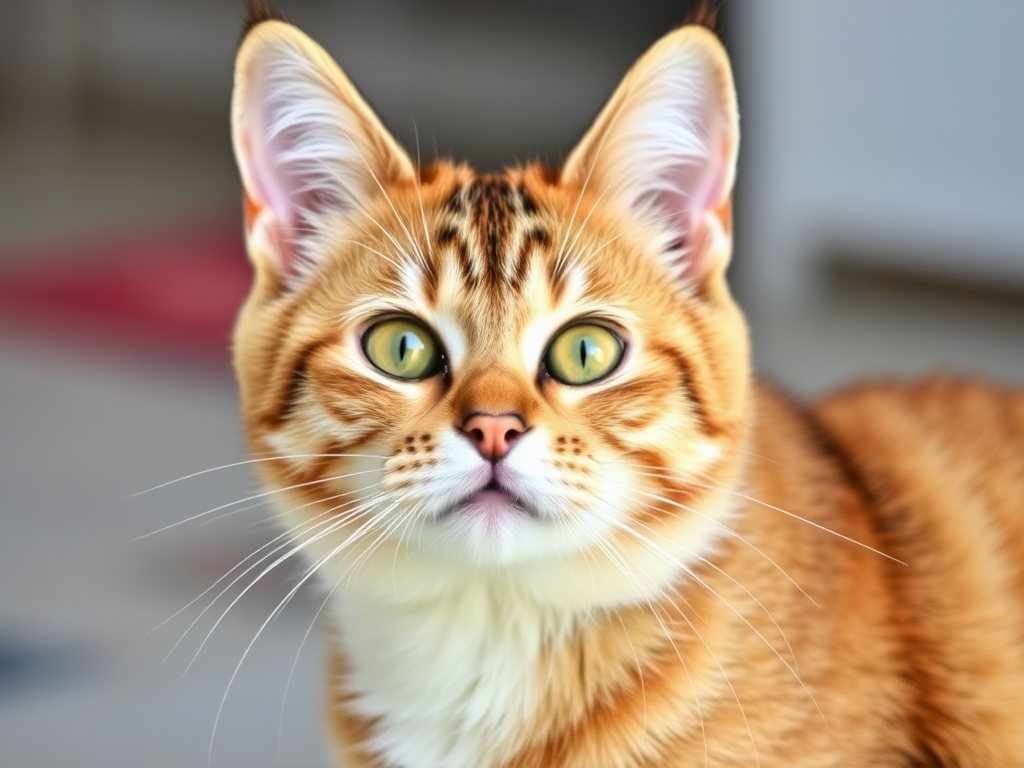
The Importance of Prompts in Image Generation
In the rapidly evolving landscape of artificial intelligence, one of the most fascinating advancements is the ability to generate images from textual descriptions. This capability, powered by platforms such as Mindtown, has opened up new horizons in creative fields, marketing, education, and beyond. However, the success of these AI-driven image generation systems hinges significantly on the quality and specificity of the prompts provided. In this blog post, we'll explore why prompts are so crucial and how they influence the outcomes of AI-generated images.
Understanding Prompts in AI Image Generation
A prompt in the context of AI image generation is a textual description that guides the AI in creating a visual representation. Think of it as giving instructions to an artist. The more detailed and clear the instructions, the more likely the artist will produce something that matches your vision. Similarly, in AI, the prompt serves as the blueprint for the generated image.
The Role of Specificity and Detail
Precision Matters
When crafting a prompt, the level of detail you provide can make a significant difference in the result. For instance, consider the following two prompts:
-
"A cat."

-
"A fluffy white cat with blue eyes sitting on a red velvet cushion."

The first prompt is vague and could lead to a wide range of interpretations. The AI might generate a generic cat image, but it may not align with what you had in mind. The second prompt, however, is much more specific. It gives the AI clear instructions about the cat’s appearance and its environment, resulting in a more accurate and satisfying image.
Context and Attributes
Including context and specific attributes in your prompts helps the AI understand the nuances of what you want. Descriptions of colors, textures, positions, and even emotions can enhance the quality of the generated image. For example:
- "A serene beach at sunset with orange and pink hues in the sky."

- "A futuristic cityscape with towering skyscrapers and flying cars."

These prompts provide context and attributes that guide the AI to produce images that are not only visually appealing but also contextually accurate.
The Impact of Ambiguity
Avoiding Vagueness
Ambiguous prompts can lead to unexpected and often unsatisfactory results. If your prompt is too broad or lacks specific details, the AI might fill in the gaps with its own assumptions, which may not align with your vision. For example:
- Vague: "A beautiful scene."

- Specific: "A beautiful scene of a mountain range with snow-capped peaks under a clear blue sky."

The specific prompt reduces ambiguity and directs the AI towards a more precise outcome.
Managing Expectations
Understanding the limitations and strengths of the AI is also crucial. While AI models have become incredibly sophisticated, they still rely heavily on the input they receive. Unrealistic or overly complex prompts might not yield the desired results. It's essential to balance specificity with feasibility, ensuring that your prompts are within the AI's capability to interpret and generate.
Enhancing Creativity and Innovation
Experimentation and Iteration
One of the most exciting aspects of AI image generation is the ability to experiment and iterate quickly. By refining your prompts and observing the outcomes, you can explore a wide range of creative possibilities. This iterative process allows for continuous improvement and innovation, enabling artists, designers, and creators to push the boundaries of their work.
Collaborative Creation
AI-generated images can also serve as a collaborative tool. By providing a well-crafted prompt, you can leverage the AI's capabilities to generate initial concepts or ideas, which can then be refined and expanded upon. This collaborative approach can lead to unique and unexpected creative outcomes that might not have been possible through traditional methods alone.
Mindtown's Prompt Enhancement Feature
One of the standout features of Mindtown's image generation platform is its Prompt Enhancement feature. This tool helps users refine and optimize their prompts to achieve better results. By analyzing the input prompt and suggesting improvements, Prompt Enhancement ensures that the instructions given to the AI are as clear and detailed as possible. This leads to more accurate and visually appealing images, saving users time and effort in the creative process.
Conclusion
The importance of prompts in AI image generation cannot be overstated. They are the foundation upon which the AI builds its visual creations. By providing clear, detailed, and context-rich prompts, you can harness the full potential of AI to generate images that are not only accurate but also creatively inspiring. As AI technology continues to evolve, mastering the art of prompt crafting will become an increasingly valuable skill, opening up new avenues for innovation and expression in the digital age. With tools like Mindtown's Prompt Enhancement feature, this process becomes even more accessible and effective, empowering users to achieve their creative visions with greater ease.
